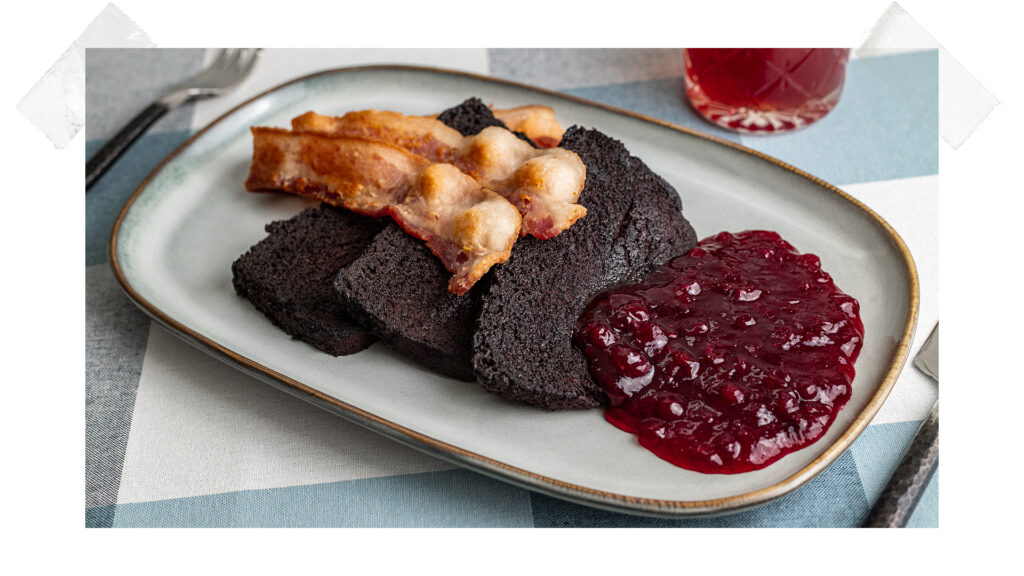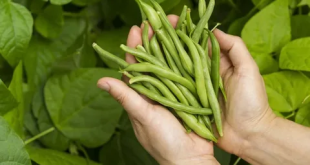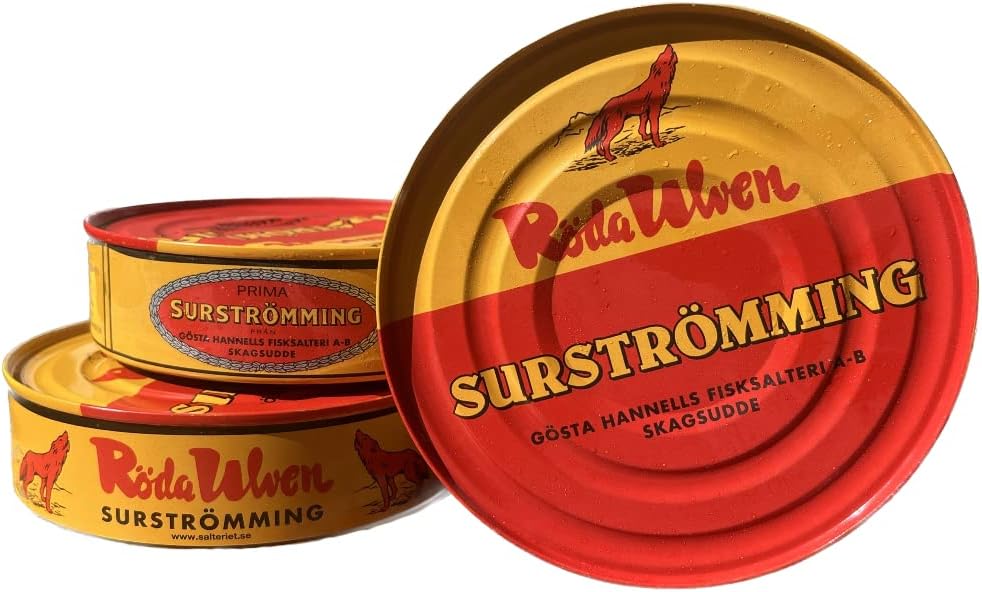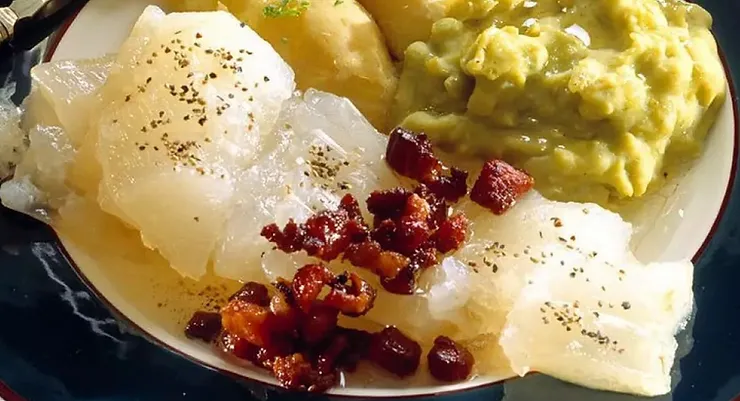Swedish cuisine is renowned for its diverse flavors and unique food traditions. There are some disgusting foods that taste good from Swedish culture. These dishes may seem unusual or even unappetizing at first, but they are deeply cherished in Swedish culture. These foods challenge conventional ideas of taste while offering an authentic glimpse into Sweden’s culinary heritage.
For adventurous eaters, Swedish cuisine presents an opportunity to experience unexpected flavors and textures. From fermented delicacies to intriguing ingredient combinations, these dishes invite curiosity and appreciation. In this article, we will delve into the fascinating world of Swedish food, uncovering the surprising techniques and flavors that make it special. Join us as we explore common disgusting foods that taste good from Swedish culture:
Table of Contents:
- Introduction to Swedish Culinary Mysteries
- The Role of Taste in Swedish Culture
- Traditional Swedish Dishes with Extraordinary Flavors
- Disgusting Foods That Taste Good from Swedish Culture
- Unusual Combinations in Swedish Foods
- The Influence of Preparation Techniques on Flavor
- Distinctive Tastes in Swedish Delicacies
- Cultural Insights into Sweden’s Most Unusual Foods
- Conclusion
Introduction to Swedish Culinary Mysteries:
Sweden’s food culture is shaped by its history and geography, leading to a variety of flavors that may surprise newcomers. The country’s cold climate has influenced traditional dishes, which often feature root vegetables, grains, and preserved ingredients.
Swedes take great pride in their culinary heritage, viewing food as an expression of their identity. Common ingredients such as dill, lingonberries, and herring add distinctive flavors to many Swedish dishes. Each meal tells a story, highlighting the depth and richness of Sweden’s gastronomic traditions.
The Role of Taste in Swedish Culture:
Swedish cuisine is a blend of historical influences and locally sourced ingredients. Different regions have their own flavor preferences, contributing to a diverse food culture. While some dishes may seem unusual to outsiders, they hold deep cultural significance for Swedes.
Traditional cooking techniques such as fermentation and smoking give Swedish foods their distinct flavors. For instance, surströmming (fermented herring) is a beloved dish in Sweden, though its strong aroma can be overwhelming to those unfamiliar with it.
As perceptions of food evolve, Swedish cuisine continues to highlight the relationship between taste and culture. Local ingredients—such as fish, berries, and root vegetables—shape traditional dishes, creating a unique and celebrated food experience.
Traditional Swedish Dishes with Extraordinary Flavors:
Swedish cuisine is filled with dishes that challenge conventional ideas of good food. A prime example is surströmming (fermented herring), known for its intensely strong smell and taste, offering a bold and unforgettable experience for adventurous eaters.
Another surprising dish is blodpudding (blood pudding), made from animal blood and other ingredients. When served with lingonberry sauce, it combines savory and sweet flavors in an unexpected yet harmonious way.
These dishes highlight the tradition and creativity inherent in Swedish cooking, showcasing how it can both surprise and stay rooted in cultural heritage. Exploring these unique flavors allows us to truly appreciate the artistry of Swedish cuisine.
Disgusting Foods That Taste Good from Swedish Culture:
Swedish cuisine is known for its rich traditions and distinctive flavors, but some dishes can be surprising or even off-putting to those unfamiliar with them. Below are a few Swedish foods that often evoke strong reactions:
While these dishes may not suit everyone’s taste, they are deeply rooted in Swedish culinary heritage and showcase the country’s diverse food culture.
Surströmming:
- A fermented Baltic Sea herring is regarded as a delicacy in Sweden.
- Known for its intensely pungent, sour aroma and slimy texture.
- Traditionally enjoyed with boiled potatoes, onions, and flatbread.
Lutefisk:
- Dried cod that is soaked in lye before being boiled.
- Has a gelatinous consistency with a mild fishy taste.
- Typically served with boiled potatoes, peas, and bacon.
Blodpudding:
- A blood sausage made from pork or beef blood, oats, and spices.
- Dense and dark in texture with a slightly sweet flavor.
- Commonly paired with mashed potatoes, lingonberry jam, and bacon.

These dishes, though unconventional, remain an essential part of Sweden’s gastronomic identity, offering a unique blend of history, tradition, and bold flavors.
Why Some Swedish Foods Are Perceived as “Disgusting”:
The idea that certain Swedish foods are “disgusting” often arises from a mix of sensory reactions and cultural influences.
Sensory Factors:
- Taste: Some traditional Swedish dishes have strong, pungent flavors that can be overwhelming to those unfamiliar with them.
- Smell: The fermentation process used in some foods produces distinct, often intense odors that may be considered unpleasant.
- Texture: Certain dishes, like surströmming, have a slimy or mushy consistency that some people find unappealing.
Cultural Influences:
- Ethnocentrism: People tend to favor foods they are accustomed to and may react with hesitation or distaste toward unfamiliar cuisines.
- Neophobia: A reluctance to try new foods can prevent individuals from appreciating unique culinary traditions.
- Social Norms: Cultural conditioning and societal expectations can influence perceptions of what is considered appetizing or off-putting.
While these factors contribute to initial reactions of disgust, an open mind and a willingness to explore new flavors can lead to a deeper appreciation of Sweden’s rich and diverse food culture.
Unusual Combinations in Swedish Foods:
Swedish food often combines ingredients in ways that may seem unconventional but result in delicious and memorable flavors. For example, pickled herring served with sweet sauces is a classic pairing that surprises and delights many.
These unexpected combinations challenge traditional taste perceptions and showcase Sweden’s inventive approach to food. Mixing sweet, sour, and savory elements creates bold and exciting flavors, making every meal a unique experience.
The Influence of Preparation Techniques on Flavor:
Swedish gastronomy relies heavily on traditional preparation methods to enhance flavors. Techniques such as fermentation, smoking, and pickling transform ordinary ingredients into extraordinary dishes.
Fermentation, for example, plays a crucial role in developing the flavors of surströmming, turning it into a delicacy that Swedes hold dear. Similarly, smoking meats and fish imparts a rich, deep taste that makes them stand out.
Understanding these methods allows for a deeper appreciation of Swedish cuisine and its cultural significance.
Disgusting Foods from Swedish Culture that Are Exciting for Food Lovers:
Swedish food is full of flavors that excite those who enjoy trying new things. Lingonberry jam, with its perfect balance of sweet and tart, complements savory dishes like Swedish meatballs. Crayfish, enjoyed in late summer, offers a rich and slightly sweet taste that highlights Sweden’s expertise in seafood.
The combination of sweet, sour, and umami flavors is a hallmark of Swedish cuisine. These unique tastes are deeply connected to Swedish traditions, making them an essential part of the country’s food culture.
Cultural Insights into Sweden’s Most Unusual Foods:
Sweden is home to many dishes that may seem unusual at first but are integral to its culinary identity. Surströmming, often eaten at special gatherings, is a prime example of how food brings people together.
Similarly, dried reindeer meat, commonly paired with lingonberries, showcases Sweden’s use of local ingredients. These foods reflect the country’s deep connection to nature and tradition, preserving cultural heritage while embracing new flavors.
Exploring these dishes offers valuable insight into Sweden’s history and the way food shapes cultural identity.
Conclusion
Swedish cuisine is a celebration of bold flavors, unique traditions, and unexpected taste experiences. While some dishes may challenge conventional ideas of what is appetizing, they are a testament to Sweden’s culinary creativity and resourcefulness.
Trying Swedish food means embracing the unknown, where each dish tells a story and offers a new perspective on taste. For those eager to explore different flavors, Sweden’s distinctive cuisine promises exciting discoveries and unforgettable dining experiences.
So, whether you’re curious about fermented herring or intrigued by unexpected flavor pairings, Swedish cuisine invites you on a journey of taste and tradition.





